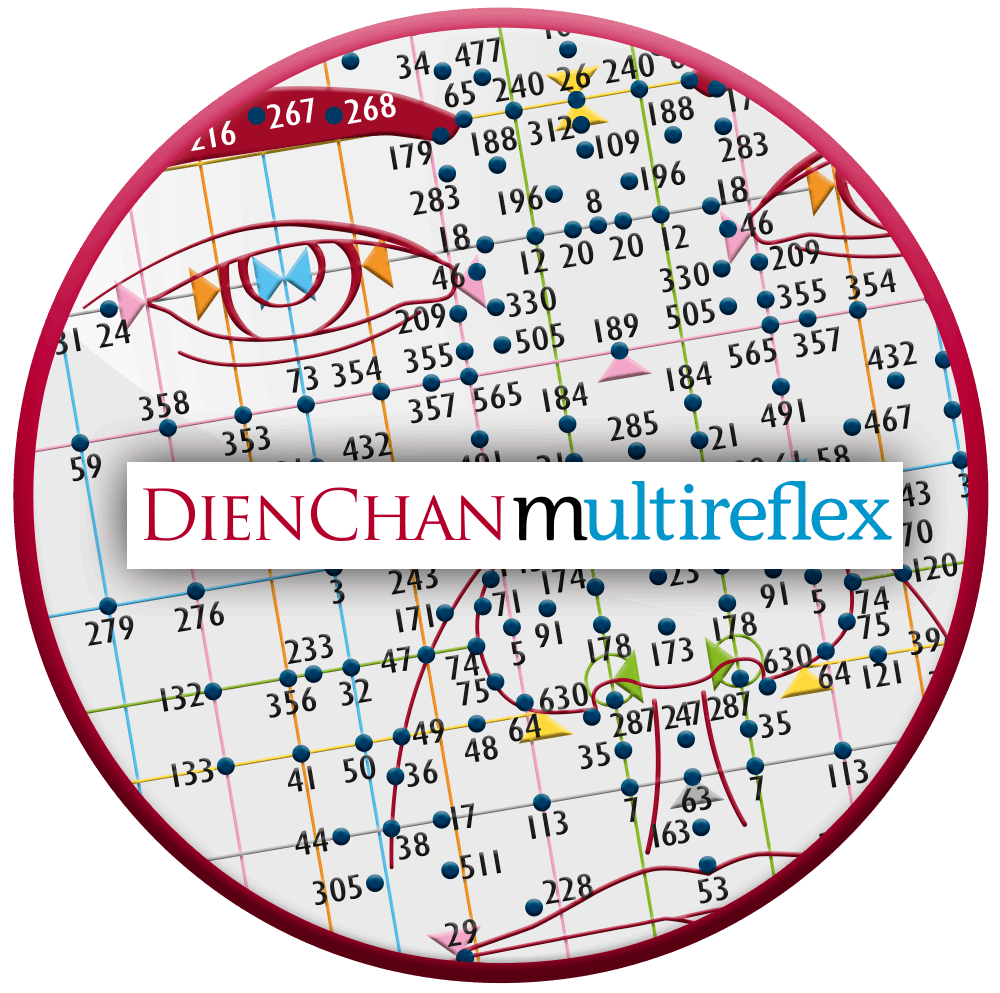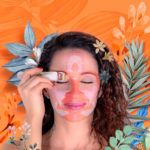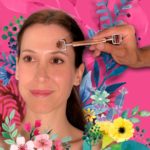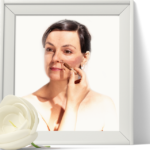The «Penfield» diagram of reflexion
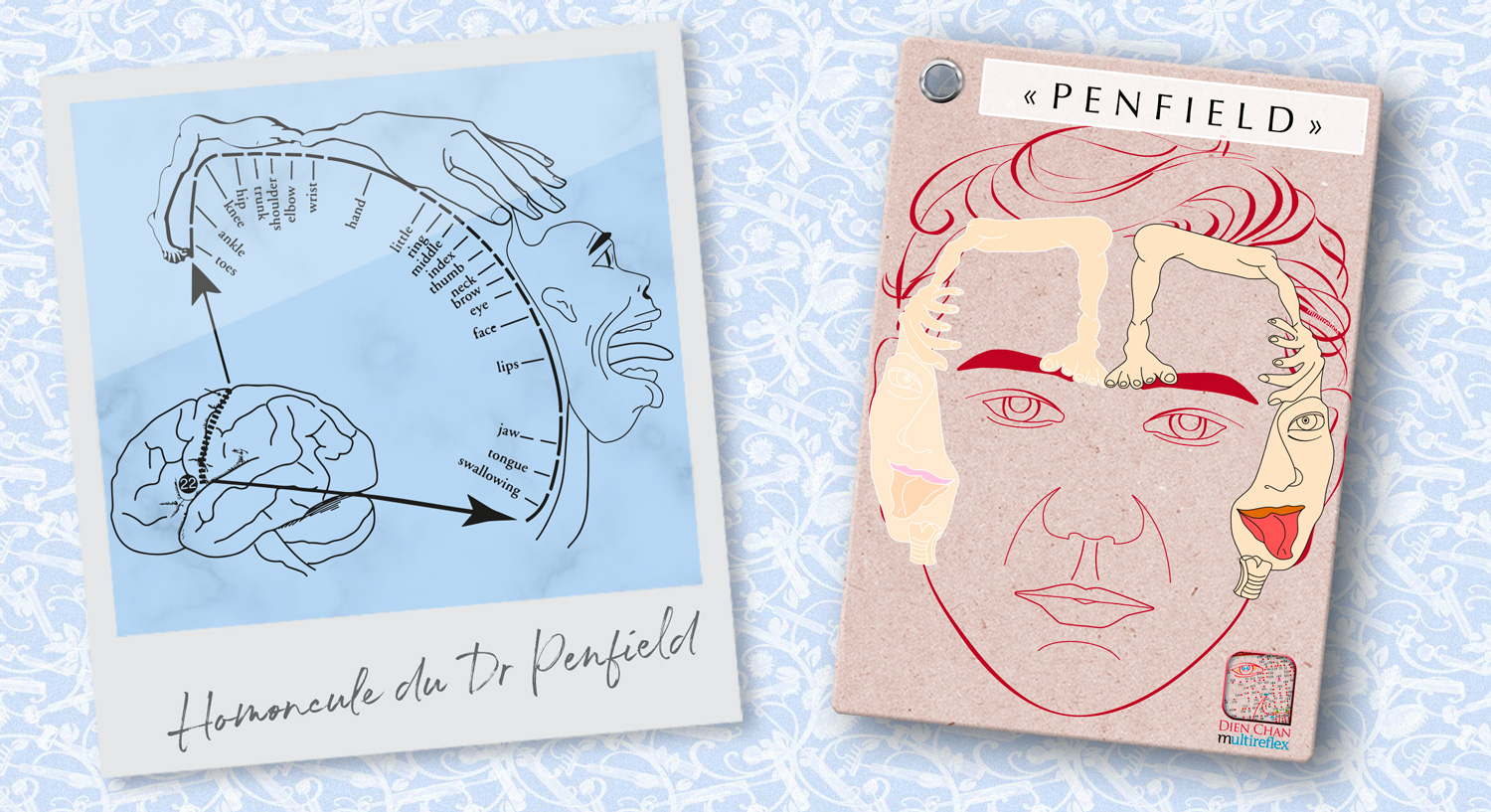
🇫🇷 ARTICLE EN FRANÇAIS | ARTÍCULO EN ESPAÑOL 🇪🇸
This is in fact the first diagram of Dien Chan. While Professor Bùi Quôc Châu had established his map of specific points, he was interested in the work of Dr Nogier who introduced a pattern of reflection lodged in the ear.
At first, he even thought that his bqc·point 0· belonged to auriculotherapy.
But why is this called the “Penfield”?
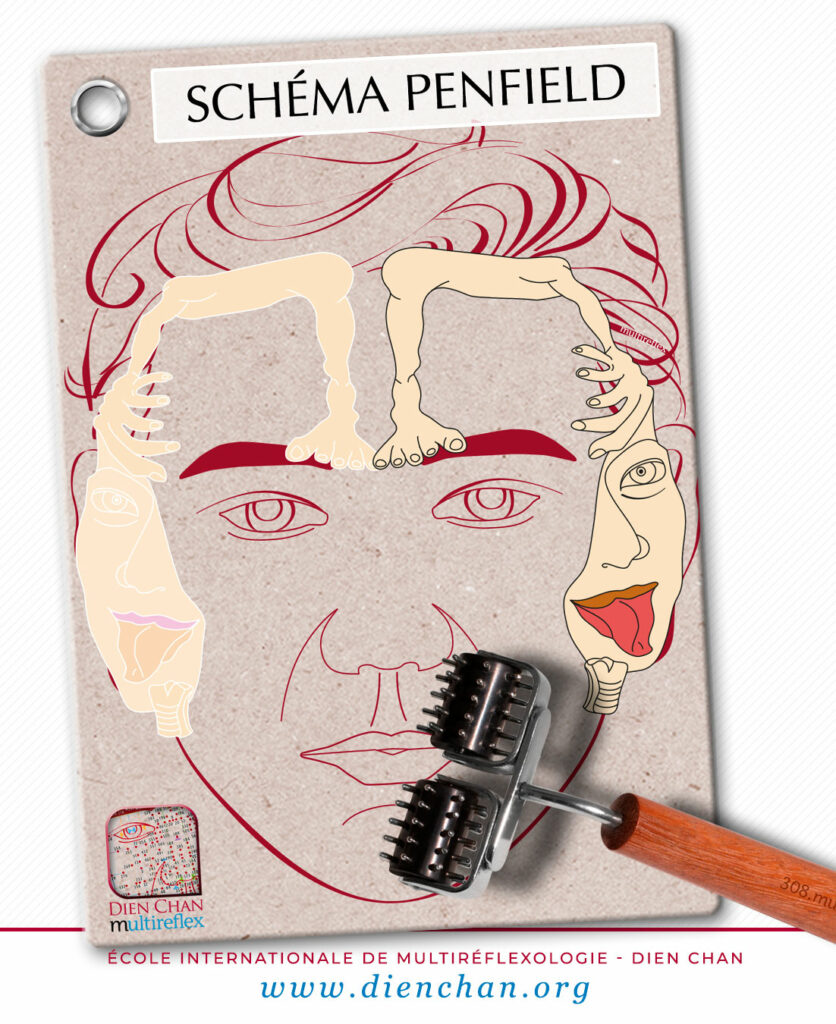
I gave it that name after learning the story of its discovery. Initially, Professor Bùi Quôc Châu numbered the diagrams in the order of publication. But because we don’t always publish them in the same order and also use numbers to name bqc·points and multireflex tools, I started giving names to the diagrams.
It really pleased Professor Bùi Quôc Châu and his sons.
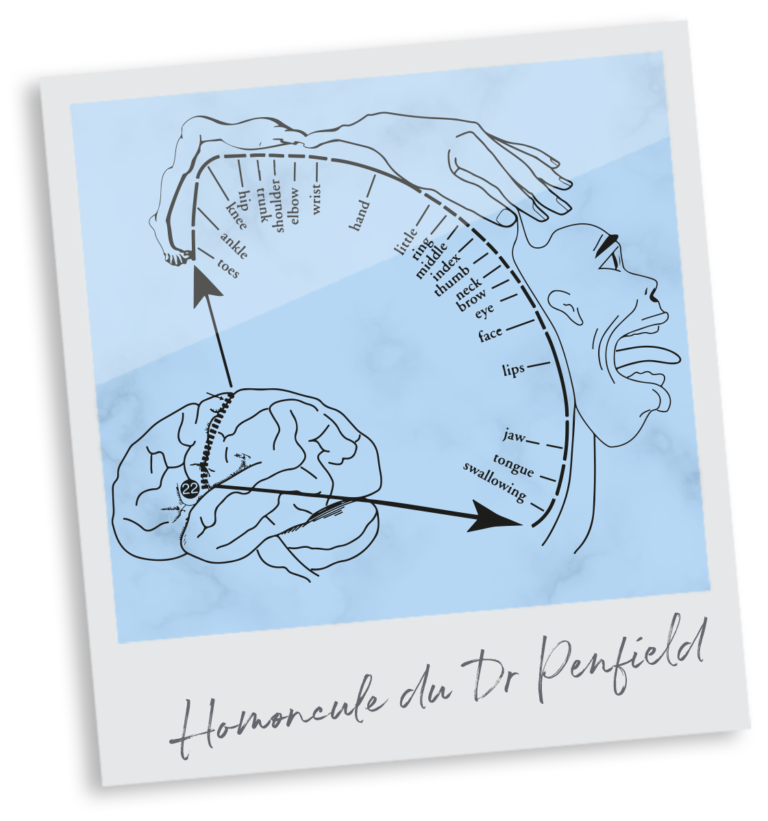
Those which refer to a story bear the name of the artist or the scientist: “Rodin” for the diagram which recalls the position of the famous sculpture of the “Thinker of Rodin”.
But it was by consulting a scientific journal that referred to Dr Wilder Penfield’s (1891-1976) research into the brain that Professor Châu had enlightenment.
Dr Penfield’s diagram of the homunculus represents regions of the human body corresponding to specific stimuli from the cerebral cortex.
Professor Châu observed this diagram while mentally projecting it on his Dien Chan point map.
He remembered that in geometry we define a surface with at least three points. And the first 3 bqc·points came to his mind; they were 34· 16· and 14·.
Positioning Dr Penfield’s homunculus on the face, bqc·point 34· coincides with the foot of the diagram, bqc·point 16· with the eye and 14· with the throat.
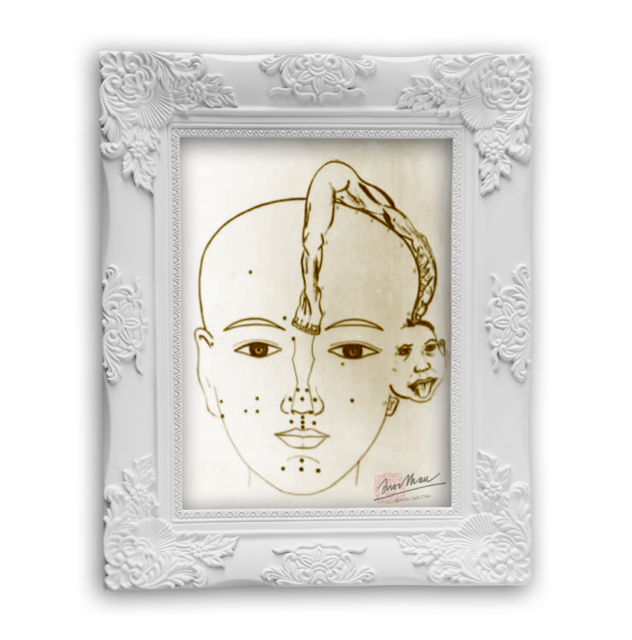
Let us remember that at that time Professor Bùi Quôc Châu only had his map and detailed records of the effects and indications for each bqc·point discovered.
He perfectly remembered having used bqc·point 34· to treat numerous pains in the feet, bqc·point 16· for vision problems and obviously all ENT diseases treated with bqc·point 14· and reflex zone around the earlobe.
It matched so well that he went back to his notes to check if other points on the map confirmed the coincidence.
Yes, yes, yes! Incredible, bqc·points such as 197· were already being used for knee disorders. Pr Bùi Quôc Châu was already successfully working the surface of the top of the forehead and which is now described by the hip in Penfield’s diagram. And so on…
This first pattern of reflection therefore opened the immense door to multireflexology.
He thus understood that he could join —following the anatomical coherence— the points of his map in constellations to describe diagrams of reflection.
It was when he saw the full-body outline on his face that he was able to draw the “Red man” sometimes referred to as Mr Yang. He completed it with the diagram of the “Blue Lady” or also called “Madame Yin”.
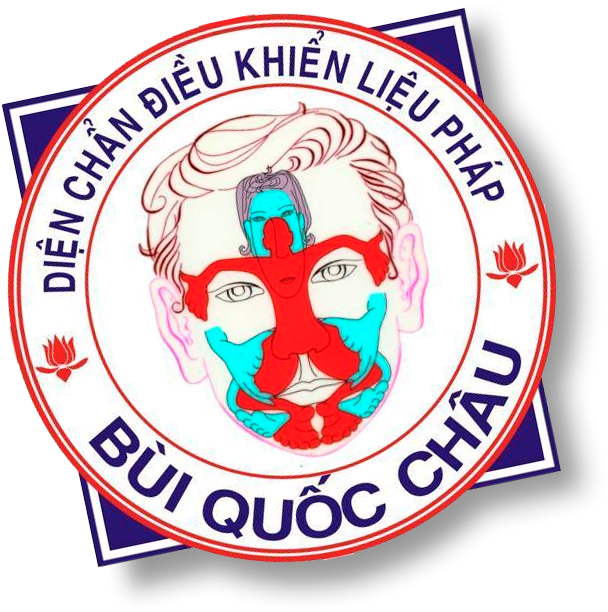
This board actually embodies two combined diagrams and became his logo illustrating not only two representations of the body, but also the two forces in equilibrium.
The story of the discovery is important
It allows us to better understand the method, which is why we explain it in our educations. This makes it easier to study each diagram, to understand them well in order to know how to project them correctly on any face.
The goal of the experts in Dien Chan is to help every practitioner to become a care designer. This means that taking each curriculum module, you learn to personalise each treatment to the patient.
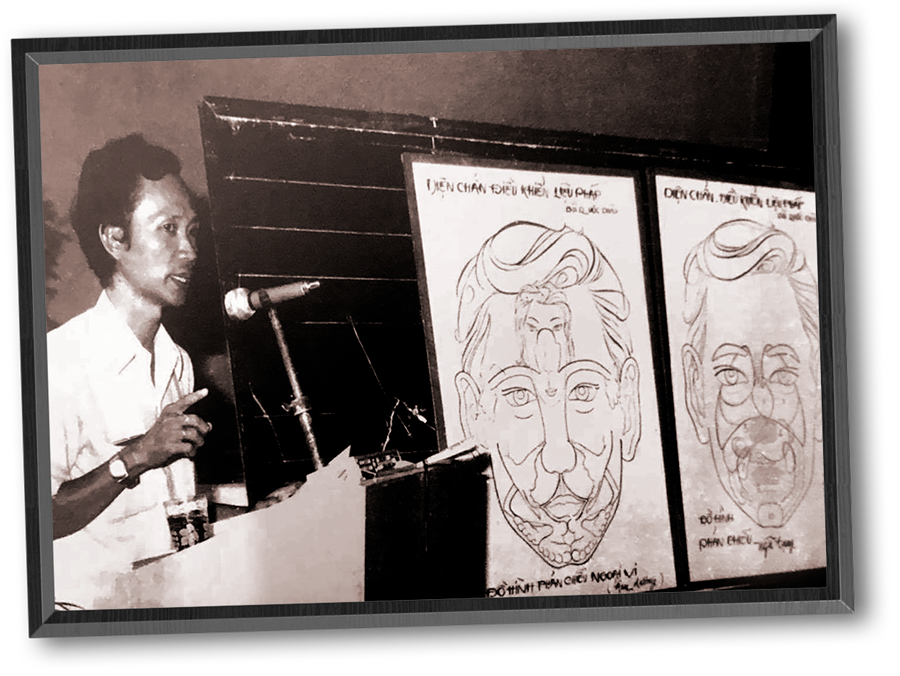
Let us not limit ourselves to the nomenclature of the pathology which is borrowed from Western medicine, but rather learn to “translate” into therapeutic gestures the narration of the disorder offered to us by the person treated.
Both Dien Chan and Chan❜beauté are very effective if we follow a holistic care plan.
That is, we must be aware of:
- The general condition of the person before starting.
- Then work locally on the part of the body concerned to find out which effects (yin or yang) is best suited to the description of the disorder.
- Then continue on the facial reflex zones of this same anatomy by combining the diagrams of Dien Chan.
- Consolidate our treatment with bqc·points composing the most appropriate formula.
- And finally, teach the person how to maintain the treatment by practising self-care maintenance exercises.
- Whether it’s the 12 morning massages or the use of a multireflex tool, our clients must not remain passive between sessions.
- 🇨🇦🇺🇸 North America multireflex tools and training: www.multireflexusa.com
Dienchanely yours,
_patryck aguilar
Emotional rebalancing
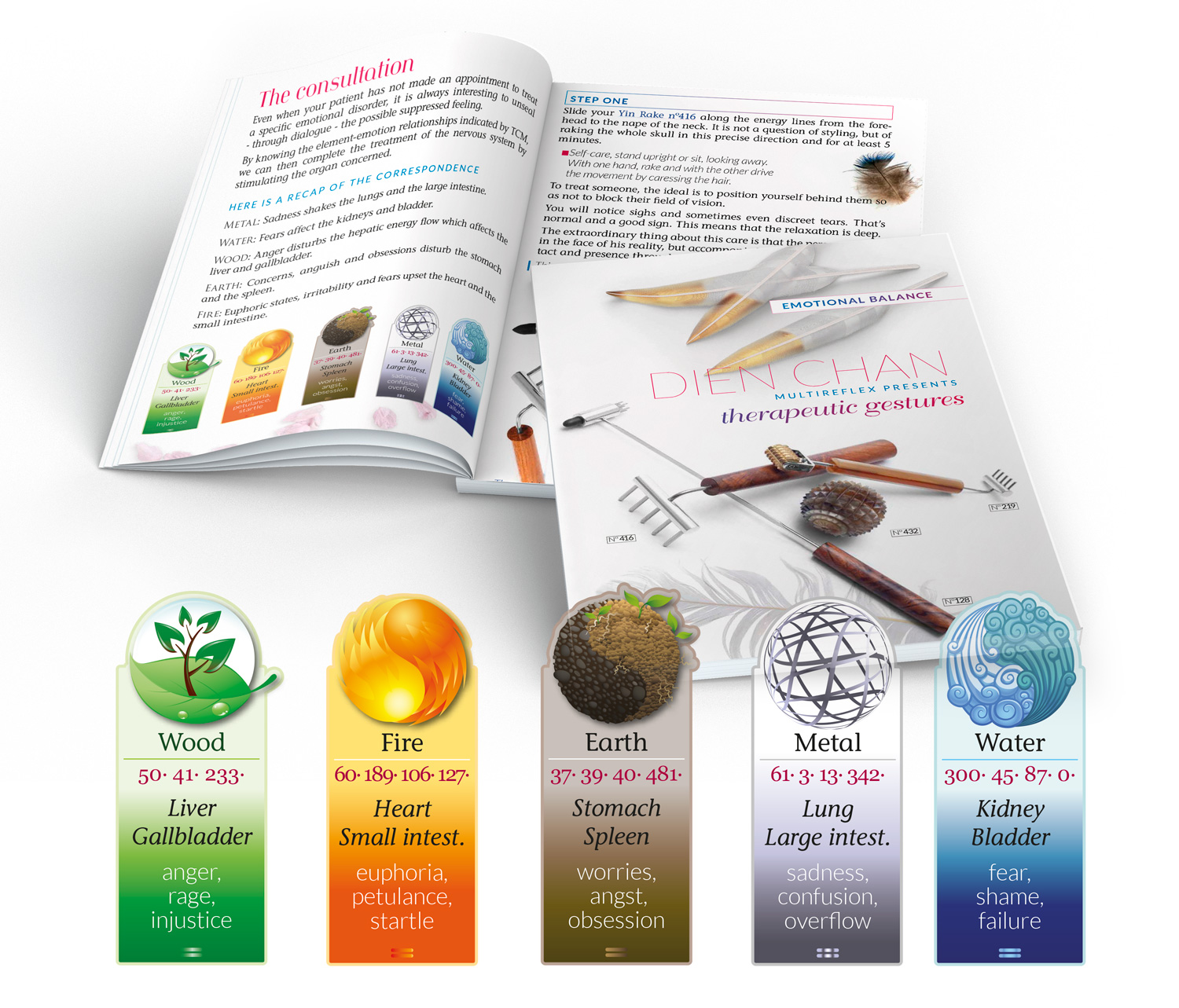
🇫🇷 ARTICLE EN FRANÇAIS | EL ARTÍCULO EN ESPAÑOL 🇪🇸
We would like to believe that you made it through the rigor of the past year unscathed, but I know that you have probably had to fight various dragons. It must be said that everything that gives us the stature of being human is well damaged:
- What is the new definition of “feeling protected”?
- What does it mean to be “safe”?
- Whether it is the economy, leisure and health, everything was turned upside down!
However, we will have to take care of his emotional health.
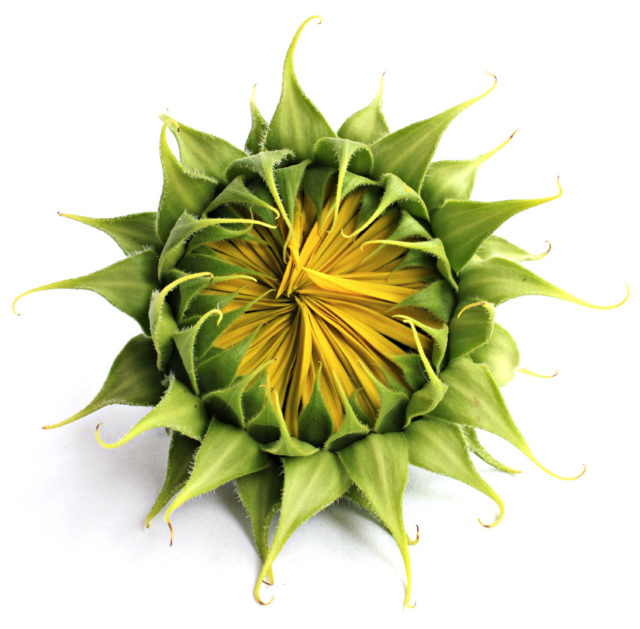
So now is the time to congratulate us on this renewal, for what we have managed to do and overcome. But it is not over…
We will do everything to remain strong in the same way as bamboo.
To fold, but not to break, as Jean de La Fontaine tells it so well in his fable.
Emotional health is the most valuable asset we have, because it is the one that allows you to overcome all the challenges that appear on our life path.
Emotional health is our close friend and companion in all of our joys and pitfalls, and there is nothing more pleasing to it than being pampered.

“Oh yes, give me gifts!” she said, cuddling in the recesses of our being.
- But what are the right gifts for her?
- How are we going to equip ourselves to face the new hazards?
Well, gifts which will nourish in depth and which include the entirety of our living entity. That is to say those which act both on the physical body, but also on the emotional and spiritual sphere.
For this reason, we will calmly work on the stagnant emotions of the past year. We will do everything to help you reach cells all over your body, including neurons, to generate positive, revitalizing energy; a real emotional reset.
Your body and mind will be extremely grateful.
What you offer him will be returned to you a thousand times over.
That’s why it’s worth doing business with him.
The master keys to accessing the subtle language of the psychic are the five groups of emotions. Real gateways to connect the outside world with your inside world.
We have therefore concocted a splendid explanatory and educational booklet for you to learn how to properly manage each emotion.
- What are you afraid of?
- Do you lack self-confidence?
- Do you have trouble making decisions?
All of these questions signal our inability to handle our feelings well.
However, traditional Chinese medicine (TCM) like modern Western medicine underlines the close link that exists between our emotional states and the pathologies from which we suffer.
Be careful, not everything is psychic! When you fall down the stairs or catch a cold from swimming in a frozen lake in January in order to drown your problems…
In short, however, many common disorders can be the fruit of stress and emotions.
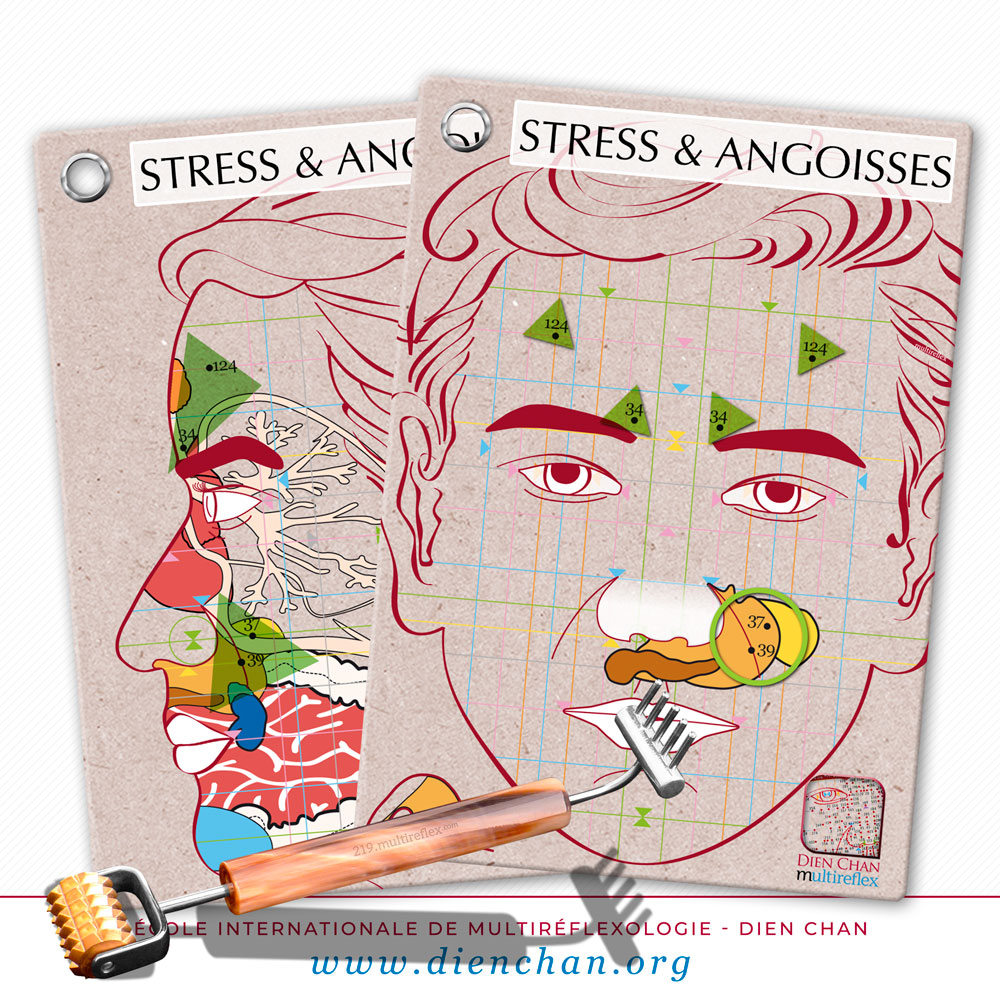
For Western medicine, the brain and nervous system manage emotions. We must use this knowledge to translate it into therapeutic gestures through a treatment protocol in Dien Chan which will reassure us.
Once the stress is under control, we can then address each emotion in a precise way.
Traditional Chinese Medicine (TCM) offers us a classification of natural phenomena into five elements. These are closely related to certain vital organs and fundamental emotions.
The human body is a unit, so our care must be holistic and accompanied by advice drawn from your experiences and other disciplines that you practice.
We thus understand that we will be able to interact, from the face, on a concrete emotion by stabilizing the organs involved and attached to the element.
This will allow us to address the somatic manifestations caused by these organic imbalances.
We will then ensure that the energy of the invigorated organ is spread throughout the body.
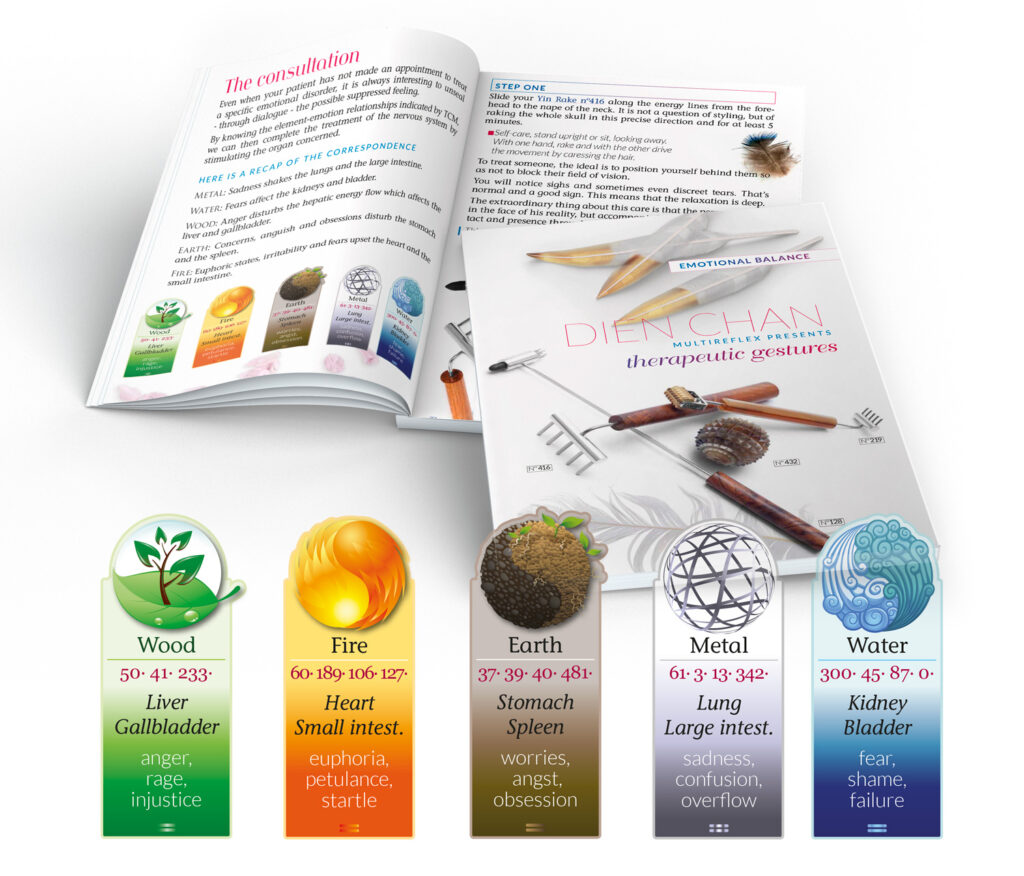
In this eBook, we recall the five elements of TCM which take up the energy functions of each organ-viscera pair. We will thus act on these elements and their organs to examine a particular emotion.
If you are a professional and your patient has not made an appointment to treat a specific emotional disorder, it is always interesting to unseal —through dialogue— the possible subdued feeling.
By knowing the element-emotion relationships indicated by TCM, we will then be able to complete the treatment of the nervous system by stimulating the organ concerned.
Do not forget about your emphatic talent in advising to take care of his sanity. Not to get lost in the vagaries of life, to avoid excess social media and other anxiety-provoking information.
Encourage self-indulgence, not withdrawal.
Here is a recap of the correspondence
- Metal: sadness shakes the lungs and the large intestine.
- Water: fears affect the kidneys and bladder.
- Drink: Anger disturbs the hepatic energy flow which affects the liver and gallbladder.
- Earth: Concerns, anguish and obsessions disturb the stomach and the spleen.
- Fire: euphoric states, irritability and fears upset the heart and the small intestine.
We teach you how to get the best results by combining the Western approach (central nervous system treatment) with that of TCM (the element involved), all from the face!
You will learn how to translate facial diagnosis into multireflexology therapy.
In this 36-page eBook, illustrated by explained care diagrams, each emotion group is detailed by step.
We have also provided self-care recommendations that will be useful for advising your customers.
❉
In order to get started quickly, the booklet is of course available in PDF format and, if you wish, accompanied by a multireflex tool kit.
❉

These instruments are specially selected so that you can —with the minimum— deal with each of the situations described in the booklet.
Satisfied or reimbursed, we invite you to click on this button to choose your version of the Dien Chan emotional kit.
💥
The eBook is optional at a very special price with the kit. You can also buy the eBook only if you already have multireflex tools.
To learn the authentic Facial Reflexology method called Dien Chan, choose you training:
— In English in North America 🇨🇦🇺🇸: www.Multireflexusa.com
— In French in Europe 🇫🇷🇨🇭🇧🇪: www.DienChan.org
— In Spanish in Europe and South America 🇪🇸🇪🇺: www.Facioterapia.org
Dealing with anemia
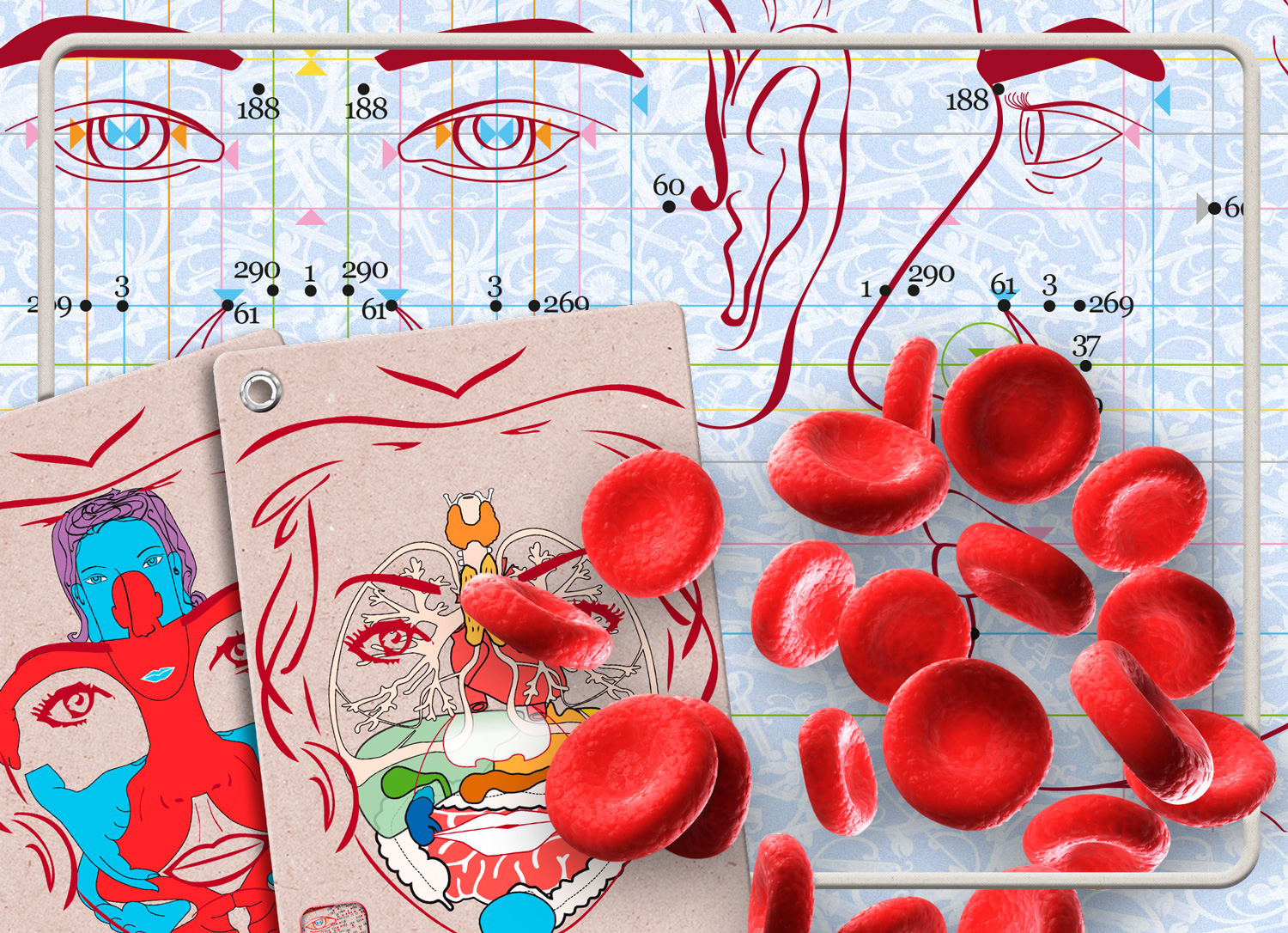
What comes to mind when you hear the word ‘anemia’?
Blood? Iron? Fatigue?
Anemia is an iron deficiency, which the body may express with symptoms of fatigue, shortness of breath, pale skin, and even cold hands and feet. This condition frequently accompanies a woman’s menses, especially in those who experience heavy periods.
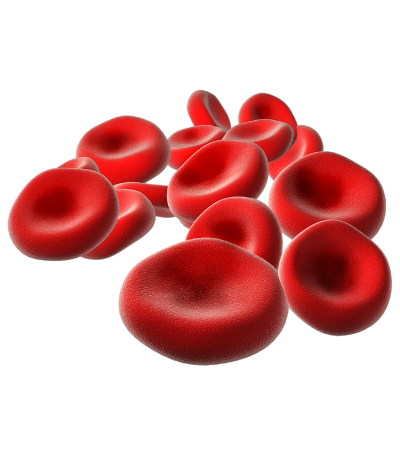
When you are anemic you lack enough healthy red blood cells to adequately transport oxygen to your body’s tissues. This is what brings on the fatigue and weakness, and for some with more serious symptoms, increased heart rate, shortness of breath, and chest pain.
While existing treatments for anemia aim to replace deficiencies, (iron, oxygen), our Dien Chan methods allow for bodies to self-regulate and ‘wake up’ organs and functions that have become lazy.
It is by using the Dien Chan teachings that we can intervene from the very first symptoms, without waiting. Although Dien Chan is considered to be the original method of Facial Reflexology, its benefits extend throughout the entire body.
All of the strength lies in the fact that we can challenge the brain while stimulating blood and lymphatic circulation. By incorporating the yin and yang effects of the multireflex tools, we can give even more meaningful attention to our treatments.
As always, it is by setting intentions for our treatments that we obtain the best results.
Therefore, we will follow the classic treatment plan.
We start by stimulating the blood and lymphatic systems, and the body parts this involves. Because we want to treat anemia, we can assume that the disorder is more yin which means that we are going to intervene with yang stimuli, whether offering treatment to the body or to the face.
Why are we assuming anemia is creating a yin state?
- This puts the body low and there is a lack of Qi.
- Low energy,
- Dark circles
- Kidney fatigue
- It affects the bowel movements
- Lack of nourishment to the tissue
- Muscle fatigue
- Dull skin
- Nails are brittle

⟷ A Small Reminder ⟷
Our yang balls are equipped with spikes and are made of natural horn. We thus take advantage of the biological properties of this noble material which –unlike plastic– does not produce disturbing static electricity.
In addition, its intrinsic antiseptic value is respectful of the skin’s natural microbiome.
This is why all the instruments equipped with yang balls that come in direct contact with the skin are made of horn.
The yang effect allows to energize, concentrate, heat, and restores movement to fight against dispersion.
We will then perform yang stimulations on the facial reflex zones representing the corresponding parts of the body.
And also taking care to thoroughly work the reflex zones of the organs involved in maintaining and improving the quality of the blood.
Using precise bqc·points we will compose a formula, the objective of which being to create a bespoke treatment plan.
✔︎ The ensuing treatment sessions will be all the more effective if we provide ‘homework’, allowing our clients to continue the healing at home.
The Stages of Treatment:
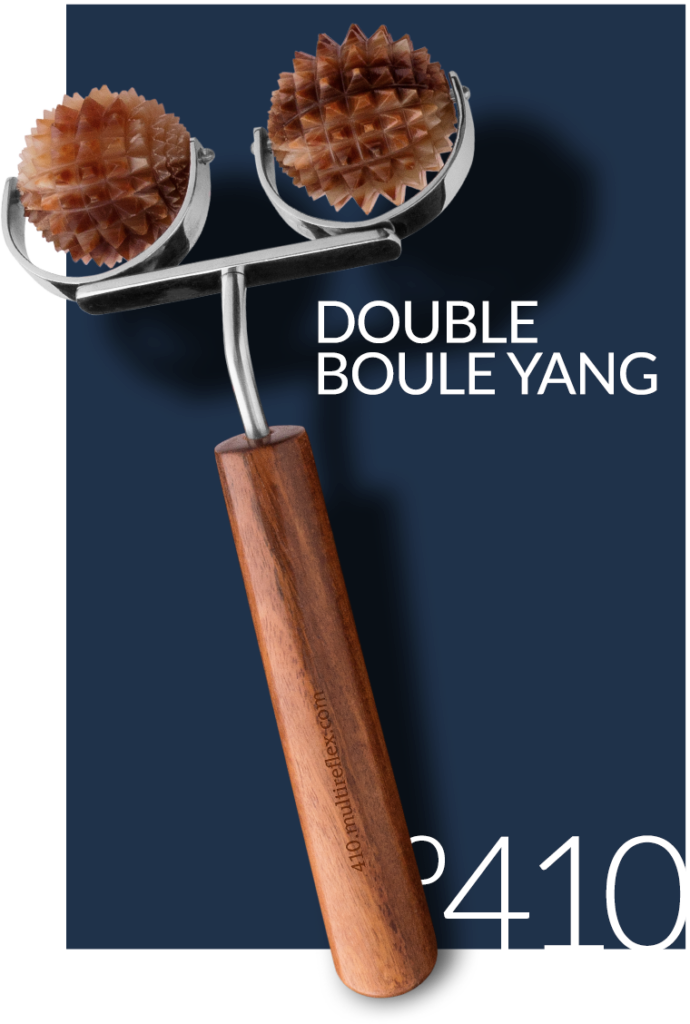
1| Local care:
a] The Back
With the Double yang ball nº410, roll the back from bottom to the top, focusing well on either side of the spine without touching the vertebrae. This action restores movement and warmth to the blood systems.
⏱ 5 minutes.
b] Lung zone
Let’s take advantage of this position to now energize the lung zone around the shoulder blades. We can keep the Double yang ball or use the Double yang mini-ball nº307 if the surface area is small or if the person is rather thin.
This will energize the respiratory system to increase the transportation of oxygen in the blood.
⏱ 3 minutes per side.
2| The stomach
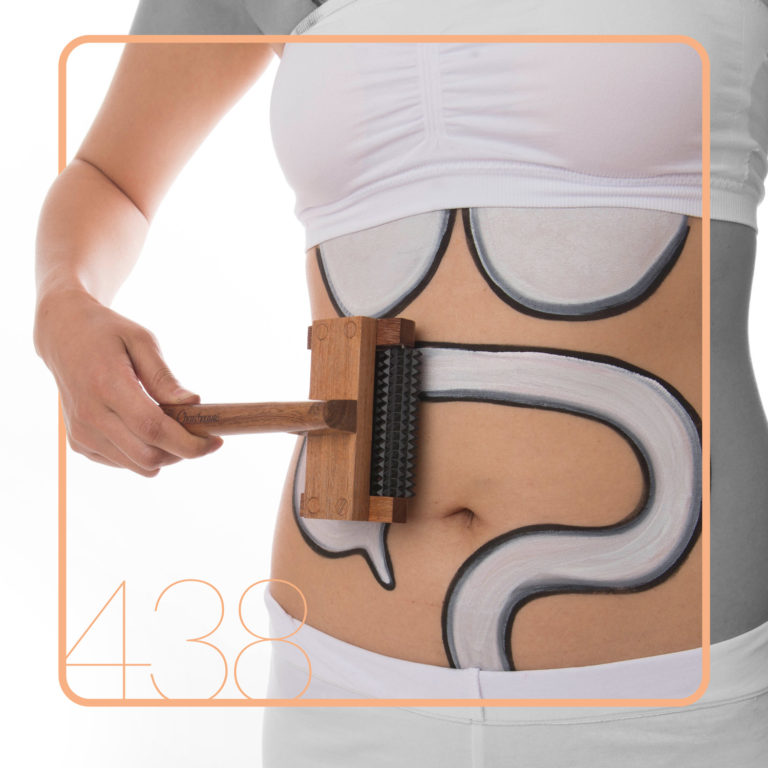
Continuing treatment on the body we move to the abdomen, rolling with the same Double yang ball nº410 (or the Triple yang roller nº438 if the surface is wide). As with the anti-cellulite treatment, start on the sides and work towards the navel.
This massage stimulates the digestive system and encourages microcirculation while warming the lower abdomen.
⏱ 8 minutes total.
3| Facial Treatment- zones
We will now reproduce the same effects but from the face. Let’s take advantage of the following thought patterns:
- The “Redman” thought pattern allows us to precisely locate the back (the nose).
- The diagram of the internal organs on the face tells us that the lungs are mainly on the cheekbones, spreading from the top of the eyebrows to the corners of the mouth.
- We use this same pattern to locate the liver, spleen, large intestine, and small intestine.

a] The Back on the Face
Using the mini-ball of the Yin-yang roller nº206, perform about 50 back and forth movements along the bridge of the nose.
⏱ ±2 minutes.
b] The Intestines
With the same mini-ball, stimulate the upper lip with comfortable and delicate pressure. Consider a gentle touch when treating this delicate area, it can be quite sensitive. Follow this by rolling the nasolabial fold to stimulate the intestines.
⏱ 30 back and forths by zone.
4| Reinforcing the treatment by stimulating precise bqc·points
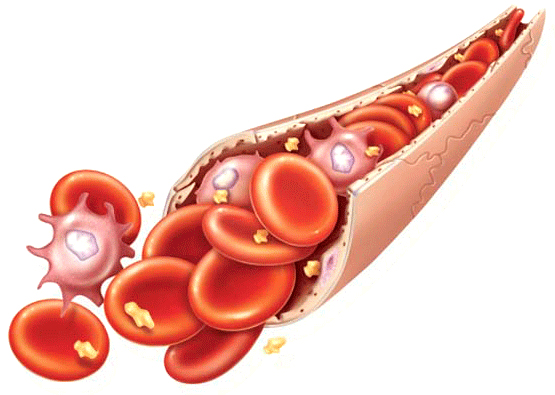
In this Faceasit’clinic video you see the multiple treatment possibilities that are offered by the app.
Anemia can be the result of many dysfunctions, and it is interesting to test the sensitivity of each point. It is by being most receptive that we compose a personalized formula.
By pressing each bqc·point, you use its detailed information to succeed in establishing correspondences. Thanks to this source of inspiration, we can ask relevant questions and thus identify the origin of the disorder.
Please keep in mind that the client’s diet must be taken into account.
➚ In Faceasit we choose: Groups&systems/Circulation/Blood/anemia…
To help with understanding, here is the list of the essential bqc·points involved, whatever the origin of the failure.
▸ To get the most out of food, we stimulate the digestive system:
38· (large intestine) 50· (liver) 39· (stomach) 127· (small intestine).
▸ To encourage oxygenation, we stimulate the respiratory system:
3· 61· (lungs) 269· (heart).
▸ To nourish the blood and encourage it to circulate:
37· (spleen) 290· (Triple heater) 1· (spinal cord) 60· (pericardium) 188· (cerebral irrigation).
◨ To apply only a pre-established formula in a yang order (from the bottom of the face to the top):
127· 38· 39· 50· 37· 3· 61· 269· 290· 1· 60· 188·
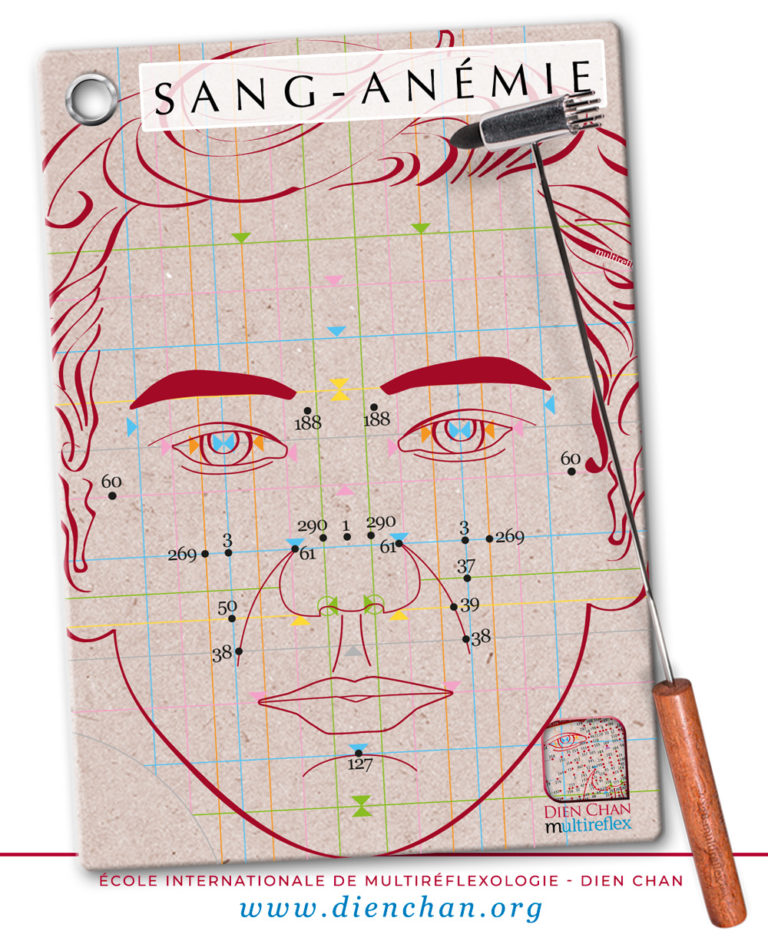

Do not forget to test the other bqc·points, which can allow us to learn more about the origin of the disorder.
5| The Prescription
Ideally, the client should be advised to stimulate the reflex zones indicated by the most sensitive bqc·point, the ‘Homework’ we mentioned earlier.
If these points are located on the forehead or nose, the Small-hammer nº128 (rubber side) is the ideal tool.
For more plump areas, like the cheeks and lower face, Yin-yang roller nº206 is more popular.
The client will want to continue rolling the nose (the back on the face) and cheekbones (lungs) to strengthen oxygenation.
When to perform self-care?
If the client preferred Yin-yang roller nº206, she should keep it in her bag to use whenever she feels a drop in energy.
It is better to practice small self-care sessions frequently, rather than long stimulation sessions spaced out over time!
When to repeat a session?
Invite your client to rebook an appointment the following week, at the least. At the next appointment, you will observe and record the improvements in sensations and the differences in sensitivity of the bqc·points discovered during the previous treatment.
If the client implements the self-care advice, the following visits will be used to refine the treatment.
Remember the importance of starting with the Dien Chan principle:
- Working the local area on the body,
- Followed by working the face on the same facial reflex zones.
- Then, personalize the bqc·points formula again.
If your client can have regular blood tests, you will be able to check the progression.
What is this amazing app?
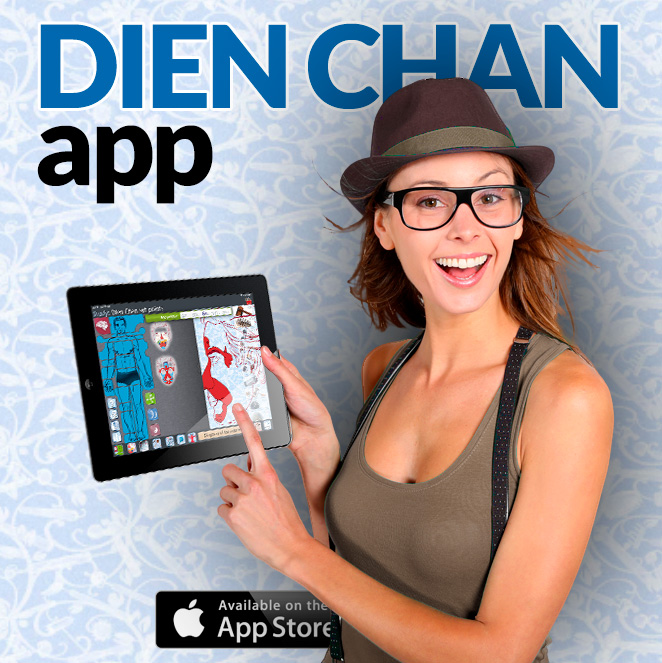
The app is available in 3 versions and if you still don’t know Faceasit… this is where you will get videos and more explanations: dienchan.Faceasit.com
This app is only compatible with the iPad.
The genuine multireflex tools are made from natural horn, mimosa wood, and high-end metals.
📌 You can purchase your multireflex tools described in this article by visiting this page:
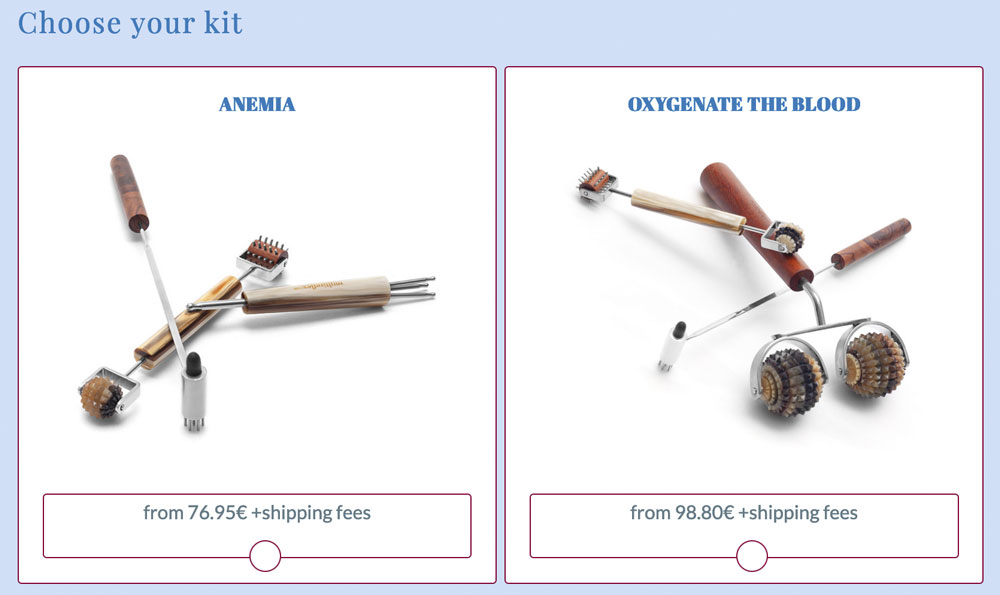
How to create appropriate treatment plans in Dien Chan?
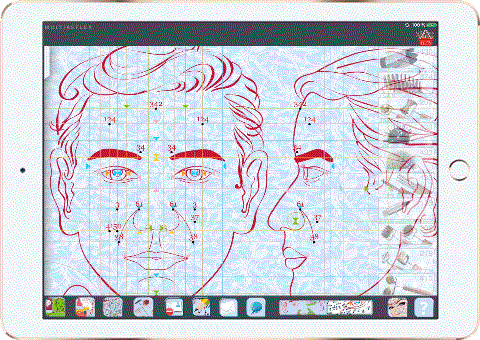
Through dialogue with our patient, we aim to establish a diagnosis that allows us to build a plan of fully personalized care.
It may seem complex, but it is not complicated!
In this file, you will discover how to organize your therapeutic work and establish a treatment plan.
We will illustrate all theory and practical concepts with examples and the Faceasit’clinic app.
Although this procedure is illustrated by care in Dien Chan and using the Faceasit’clinic application, you can obviously extend it to other techniques you practice.
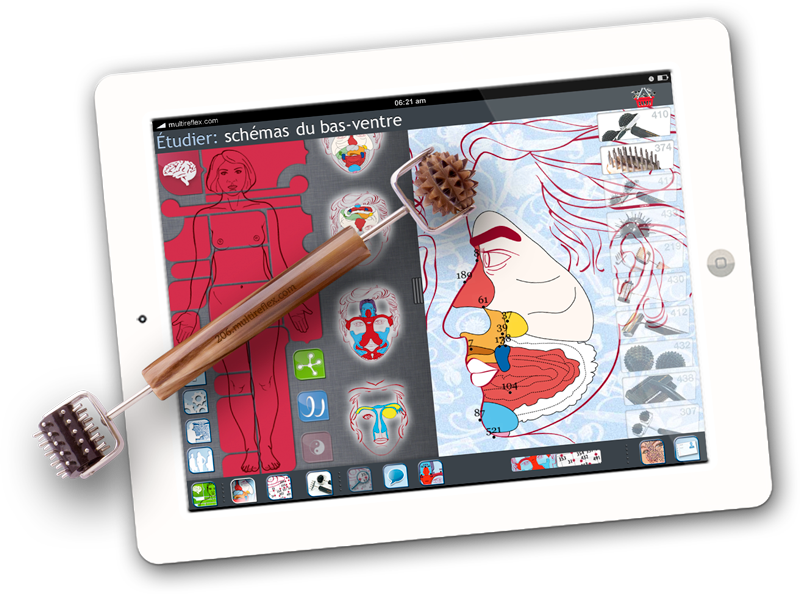
Our objective
- To offer an inexhaustible source of inspiration for the professional therapist as for the beginner who wishes to hold the reins of his health in a natural way.
- This work was presented at the annual reflexology conference in Canada in 2019 in Halifax, Nova Scotia. At the end of this important general assembly, the Faceasit’clinic application received the innovation award in reflexology 2018.
- Thanks to Faceasit, Dien Chan entered by the wide door of technologies in 2013.
- It is rewarded!
Here is what we will develop through these pages:
Evaluate + Locate + Treat
- How does Dien Chan, the original method of facial reflexology, allow us quickly discover important diagnostics from our patient?
- How to integrate these details to create a personalised treatment plan.
- Decode the patient’s story to know if we are dealing with a yin or yang expression of the disorder.
- Discover the various steps within Dien Chan protocols and how to select the most appropriate instruments for the patient.
- Working knowledge of the yin and yang effects of each multireflex tool in order to quickly restore energy balance.
Body Work
Active stimulation on the local area of the body using multireflex tools:
— Relieve pain to gain the trust of the patient.
— Energise the blood and lymphatic microcirculation of the local area.
— Take steps to program the brain to the process of self-regulation.
— Direct Qi towards the problem area allowing for enhanced results during the facial work that follows.
Facial work
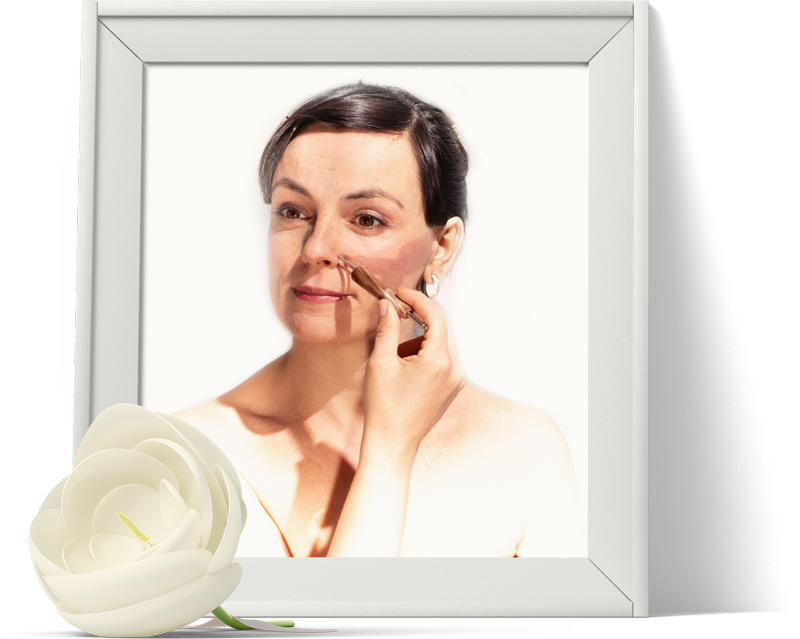
Combining several types of stimulation on the face:
— Choosing the most appropriate diagram of reflection.
— Detect living points in the reflex zones to confirm the correct course of action.
— Stimulate the reflex zones using the most appropriate multireflex tool according to our diagnosis.
• Boost our treatment by applying a precise bqc·points formula in the face to energize the main internal organs.
— Through existing ready-made formula located in our course book, online blogs.
— Creating and adjusting formulas using the practitioners experience, critical thinking, intuition and utilisation of the Faceasit app.
Conclusion
Through dialogue with our patient, we aim to establish a confirmed interpretation that allows us to build a plan of fully personalised treatment plan.
It may seem complex, but it is not complicated!
We will illustrate all theory and practical concepts with examples and the Faceasit’clinic app.
